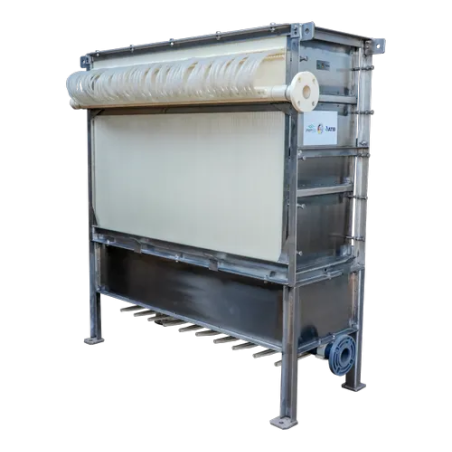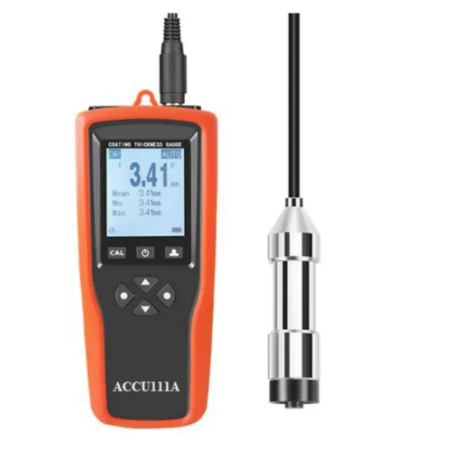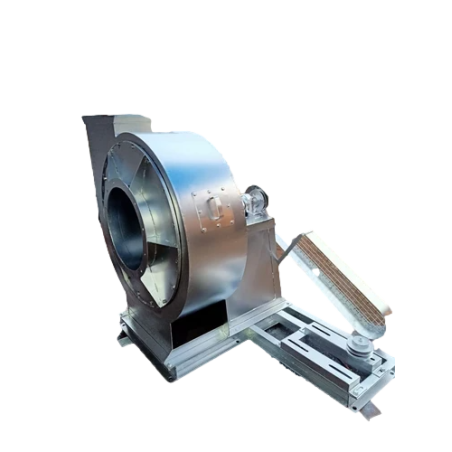Ultrafiltration Membranes
Effluent Treatment Plant Capacity (ETP) 10 KLD
Quantity
Reference ACAKJ Category Effluent Treatment Plant
5/5
Free Delivery in India | Lowest Global Shipping Charges
- Genuine Products
- Global Shipping
- Secured Payments

Save up to 28% with GST Input
Avail maximum benefits from input tax mechanism on all your Business Invoices. Get GST Invoices on your business purchases. And 0% Taxes on all worldwide deliveries

100% Original Products
Shop with assurance, as each product we offer is 100% original, ensuring quality and authenticity with every purchase
Effluent Treatment Plant Capacity (ETP) 10 KLD
Reference ACAKJ Category Effluent Treatment Plant
Specifications
| Usage/Application | Industrial Waste Water Treatment |
|---|---|
| Country of Origin | India |
| Warranty | 1 Year |
| Automation Grade | Automatic |
| Installation Type | Containerized Plug & Play |
| Material of Construction | Mild Steel |
| Water Source | Industrial Effluent |
| Capacity (KLD) | 10 KLD |
| WATER PUMP POWER | 1 KW |
| Treatment Stages | Primary Treatment |
| Air Blower Count | 2 |
| Control Module | Available |
| Air Blower Power | 0.5 kW |
| Inlet Flow Rate(m3/day) | 10 m3/day |
Key Features
- High Durability
- High performance
Product Details
Effluent Treatment Plant Capacity (ETP) 10 KLD, Effluent treatment plant clean industrial effluents, contaminated water from rivers and lakes, and so on just in order to reuse the water for additional purposes. Along such lines, water is reutilized and sustained.The working principle of ETP is undertaken to be one of the most effective principles where a large amount of human friendly chemicals is used that is applied in the water to make it free from all the factors that might be harmful to human and aquatic life. This is an important part that can be highlighted that helps to highlight that the working principles vary in a number of ways, furthermore, with the service.The effluent treatment plant falls under this category as their common names are effluent treatment system, etp, Effluent wastewater treatment plant, dairy etp, mbr etp plant, effluent treatment plant for textile industry, effluent treatment plant system, Effluent Treatment Plant for Pharmaceutical industry, Rice Mill ETP, Effluent Treatment For Rice MillsEffluent treatment and wastewater treatment plants are called in this way as their common name wastewater treatment plant, effluent treatment plant, eTP plant, industrial effluent treatment plant, sewage treatment plants, pharmaceutical wastewater treatment plants, Wastewater Treatment Plant Effluent, wWTP plants, effluent treatment, and wastewater treatment plants, Sewage and effluent treatment plant, wastewater treatment effluent plant, effluent wastewater treatment plant, effluent waste treatment plant, effluent treatment, and wastewater treatment, effluent treatment plant and wastewater treatment, industrial effluent wastewater treatment, industrial wastewater effluent treatment, Domestic wastewater treatment plant, commercial wastewater treatment plantAs wastewater enters a plant for treatment it flows through a bar screen. This removes large floating objects such as rags and sticks which could clog pipes or damage equipment. Once the wastewater has been screened it passes into a grit chamber, where cinders, sand, and small stones settle to the bottom. Once the screening process is complete and grit has been removed, the wastewater still contains organic and inorganic matter along with other suspended solids. This collection of solids can be removed in a sedimentation tank. Biosolids are usually removed from tanks by pumping If you have the right pH, temperature, and flow conditions, activated sludge works well as a treatment process. This process is flexible with varying flow rates and can generally handle shock loads. Activated sludge has been used worldwide for decades and carries a much lower risk of failure than newer technologies. In addition, activated sludge treatment of municipal wastewater is more advanced than any other biological treatment process in the world.Some of the most common secondary treatment processes are biological processes such as trickling filters, activated sludge, and rotating biological contactors. Secondary treatment also removes more of the suspended solids, usually by biological processes in which microbes consume the organic impurities as food and then convert them into carbon dioxide, water, and energy. Secondary treatment of sewage works by using aerobic bacteria that feed on dissolved and suspended organic matter in the liquid. The sewage enters the aeration tank where the bacteria begin to multiply and feed on the garbage and waste within. After the sewage leaves the settling tank in the primary stage, it is pumped into an aeration tank.
Other products from this brand
Ultrafiltration Membranes
Thickness Gauge
$163
Oil Skimmer
Dust Collector
Cold Room
Cold Room
Mobile Bio Toilet
Mobile Bio Toilet
Induced Draft Fans
Recommended Products
Effluent Treatment Plant
$710
Effluent Treatment Plant
Effluent Treatment Plant
Effluent Treatment Plant
Effluent Treatment Plant
Effluent Treatment Plant
Effluent Treatment Plant
Effluent Treatment Plant
Effluent Treatment Plant
Effluent Treatment Plant
Quantity

24/7 Customer Support
Shop with confidence knowing that our 24/7 Customer Support is always available to assist with any inquiries

# Lowest Price Challenge
If you find this product anywhere at lower cost than us. Call us and we will not only match the price but also give a complimentary coupon






















